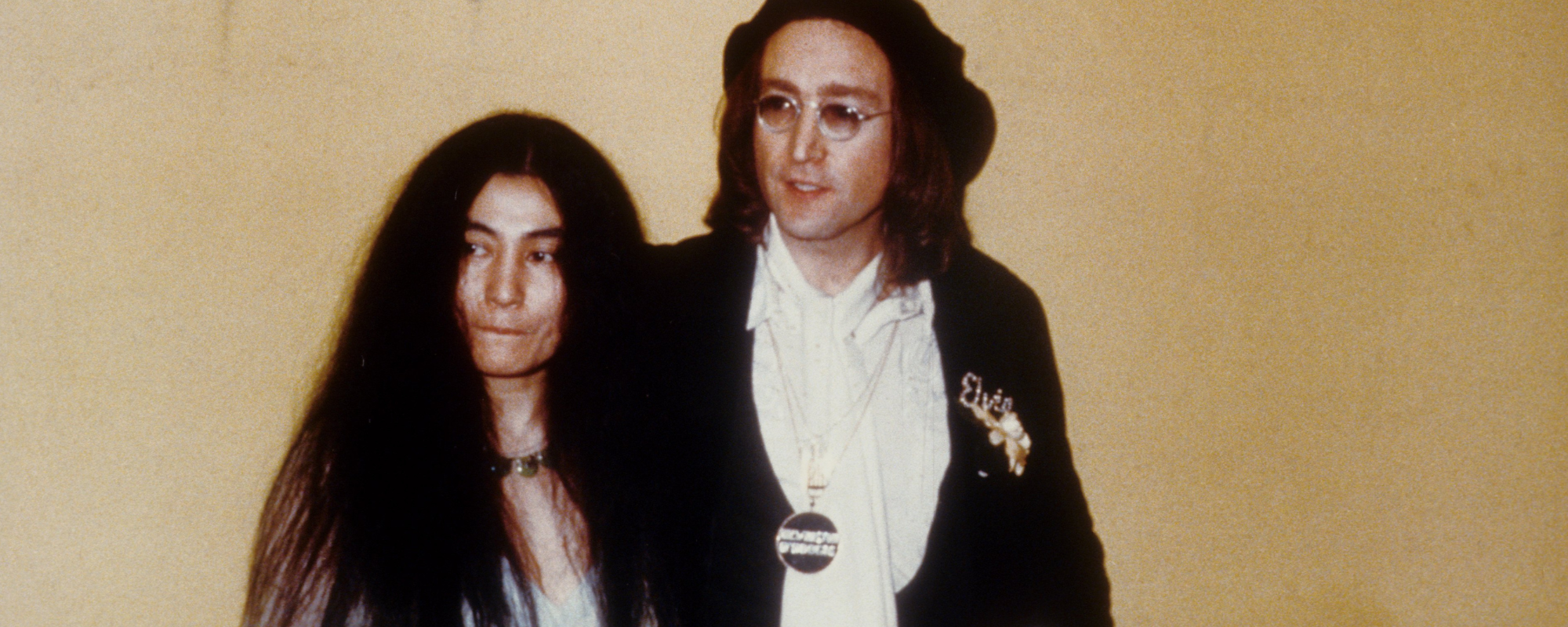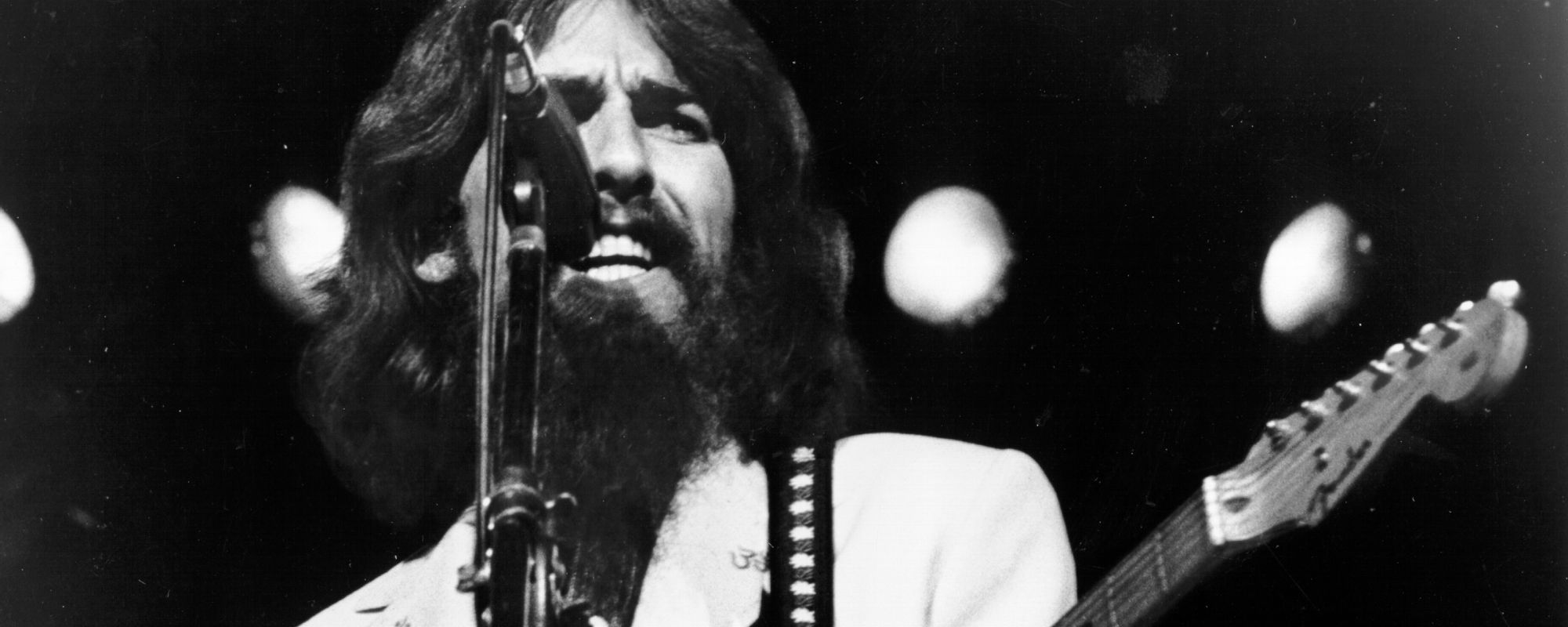If you’re looking for the meaning behind Van Halen’s “5150,” the title track of their 5150 album, don’t look for it in the title. It’s a reference to the late Edward Van Halen’s 5150 Studios (now owned by his son Wolfgang Van Halen), where the band recorded the album. It’s also where the band recorded every one of their albums from 1984 through their final release, A Different Kind of Truth. In turn, the studio was named after Section 5150 of the California Welfare & Institutions Code. This part of the legal code allows certain designated individuals to place someone with a mental health disorder under temporary custody in specific circumstances.
Videos by American Songwriter
The song itself has nothing to do with the studio or the legal code after which it is named. From a lyrical perspective, “5150” is a pretty typical rock song, dealing with a flawed romantic relationship. While it’s standard rock and roll fare, it’s the sort of song that would have been less likely to show up on a previous Van Halen album. 5150 was Van Halen’s first album with Sammy Hagar behind the mic, and he was far more prone than David Lee Roth to write relationship songs.
What “5150” does have in common with earlier Van Halen tunes is an intro with some extensive guitar riffage. It takes more than a minute for “5150” to move beyond the opening instrumental. But once it does, Hagar has some thoughts to share about a relationship in which one member is pulling a disproportionate share of the weight.
[RELATED: The Sons of Rock—From Wolfgang Van Halen to Jakob Dylan, This Is the Next Generation]
Taking the Good With the Bad?
“5150” starts out optimistically. While its initial verse acknowledges the ups and downs that come with a relationship, it holds out the possibility that a love can become “tried and true.”
The love line is never straight and narrow
Unless your love is tried and true
We take a chance with new beginnings
As Hagar launches into the first pre-chorus, his protagonist sounds happy to deal with the valleys, as well as the peaks, that are part and parcel of being in a relationship.
Still we try
Win or lose
Take the highs
With the blues
A One-Sided Relationship
Hagar’s tone gets angrier in the chorus, and we soon realize that the “take the good with the bad” attitude is Exhibit A in his case against the other half of the couple. While Hagar’s protagonist is fair-minded and willing to compromise, the subject of his scorn is stubborn, selfish, and hard to please.
Always one more
You’re never satisfied
Share one for all with you
It’s only one for me
Oh, why draw the line?
And meet you half the way
And you don’t know what that means
[AS OF THIS WRITING: Mammoth WVH Tickets Are Available! – Get ‘Em Right Here]
Hagar disposes with any sort of positivity in the second verse. He is making it clear that one person in this relationship is getting the far worse end of the bargain.
I feel like a running politician
Oh, just tryin’ to please you all the time
I’m giving you my share with no conditions
Running a Route, Getting Lost
In the second pre-chorus, Hagar leaves us with a football metaphor and possibly a veiled threat.
Goin’ wide
Runnin’ long
Feelin’ lost
But not for long
The lines “Goin’ wide, runnin’ long” evoke an image of Hagar’s character as a receiver running a route, hoping to “connect” with the quarterback. In the process, Hagar’s “receiver” gets lost, but “not for long.” Is this unappreciated lover going to keep running into the sunset? While Hagar leaves us without an explanation for why it’s “not for long,” it sounds like this exasperated person has had enough of an uneven relationship and is ready to end it.
The Impact of “5150”
“5150” was not one of the four singles released from the first “Van Hagar” album. However, it is one of the more popular deep cuts from the album, garnering more than 12 million streams on Spotify. By comparison, “Best of Both Worlds”—which went to No. 12 of Billboard’s Mainstream Rock chart—has just over 14 million streams.
Naturally, “5150” would be notable with no lyrics at all, since it features a blistering Eddie Van Halen solo and some heavy-duty drumming from Alex Van Halen. But it’s also a fine example of how Hagar’s addition to Van Halen gave the band a vocal presence that was both melodic and powerful. David Lee Roth’s attitude and charisma could never be duplicated, but “5150” is a great showcase for the strengths that Hagar brought to the mix.
Photo by Michael Ochs Archives/Getty Image
**Purchases you make through our links may earn American Songwriter a commission.












Leave a Reply
Only members can comment. Become a member. Already a member? Log in.